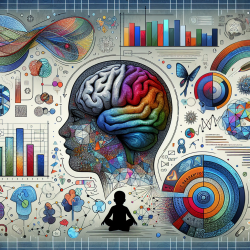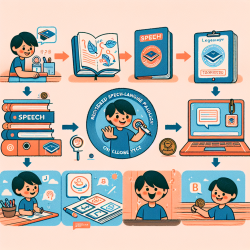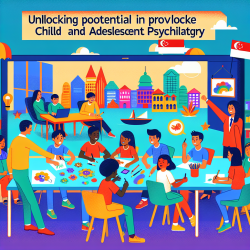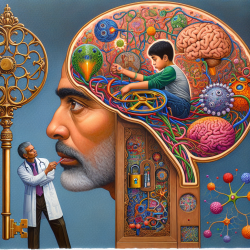Understanding Brain Asymmetry in Autism: Implications for Practitioners
Recent research titled Altered structural brain asymmetry in autism spectrum disorder in a study of 54 datasets has unveiled critical insights into the neurobiological underpinnings of Autism Spectrum Disorder (ASD). This large-scale study, involving 1,774 individuals with ASD and 1,809 controls, highlights significant alterations in brain asymmetry, particularly in regions associated with social cognition and repetitive behaviors.
Key Findings
The study found that individuals with ASD exhibit:
- Reduced asymmetry in cortical thickness, particularly in the medial frontal, orbitofrontal, cingulate, and inferior temporal areas.
- Increased asymmetry in putamen volume.
- Altered asymmetry in the superior frontal cortical thickness, with the largest effect size (Cohen’s d = -0.13).
Implications for Practitioners
These findings have several practical implications for speech-language pathologists and other practitioners working with children with ASD:
1. Tailored Interventions
Understanding the specific brain regions affected by altered asymmetry can help practitioners design more targeted interventions. For instance, therapies focusing on enhancing social cognition could be more effective if they specifically address the medial frontal and orbitofrontal regions.
2. Early Diagnosis
Early identification of altered brain asymmetry patterns could lead to earlier diagnosis and intervention, potentially improving long-term outcomes for children with ASD. Practitioners should consider incorporating neuroimaging data into their diagnostic processes.
3. Personalized Therapy Plans
Given the variability in brain asymmetry among individuals with ASD, personalized therapy plans that consider these neurobiological differences could be more effective. This approach aligns with the principles of precision medicine, which aims to tailor treatments to individual characteristics.
Encouraging Further Research
The study underscores the importance of large-scale, data-driven research in understanding the complexities of ASD. Practitioners are encouraged to stay informed about ongoing research and consider participating in studies that contribute to this growing body of knowledge.
Conclusion
The findings from this study provide valuable insights into the neurobiological aspects of ASD, offering new avenues for improving diagnosis and treatment. By integrating these insights into practice, speech-language pathologists can enhance their interventions and contribute to better outcomes for children with ASD.
To read the original research paper, please follow this link: Altered structural brain asymmetry in autism spectrum disorder in a study of 54 datasets.










